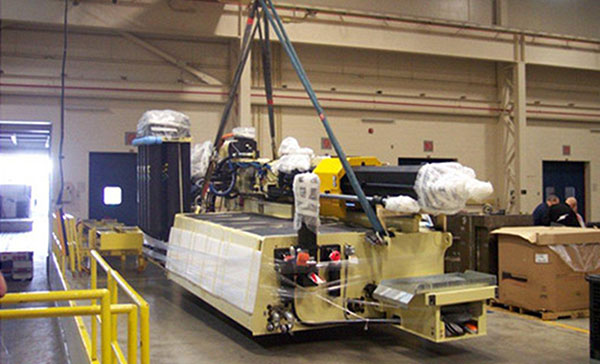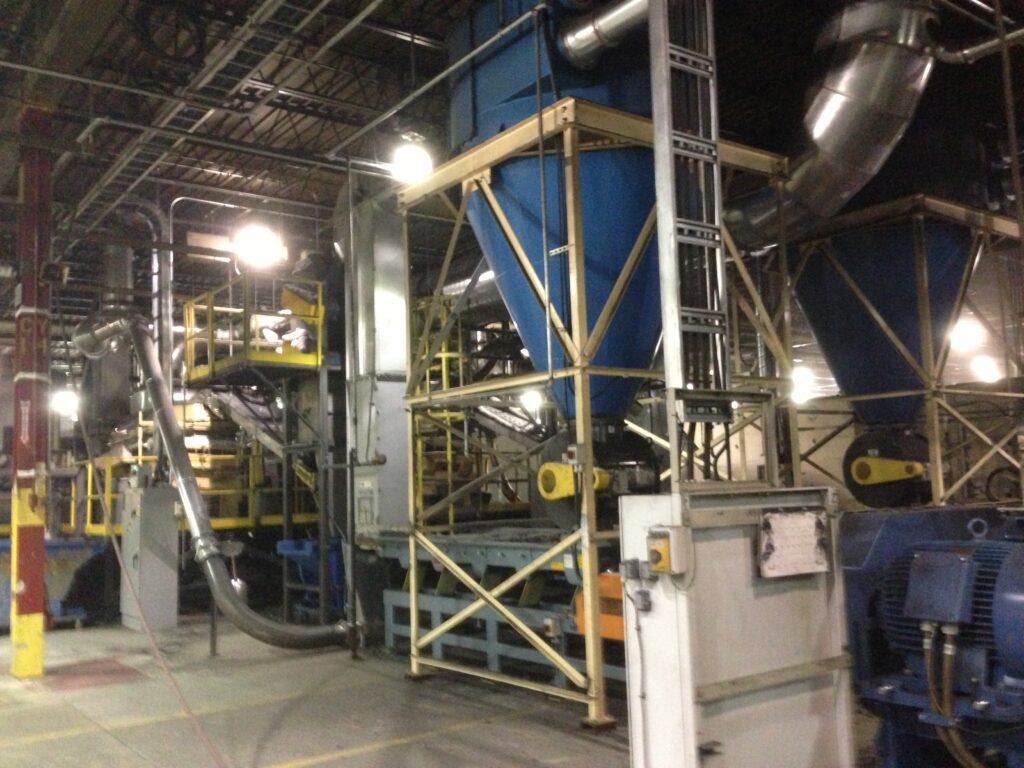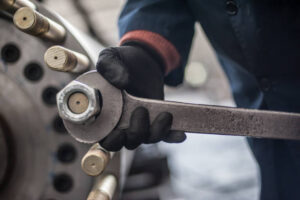What is a Journeyman Millwright?
A journeyman millwright is responsible for the upkeep, setup, repair, and relocation of machinery in industrial environments. One day you might find a journeyman millwright working in a factory, and soon after, they could be at a power plant, processing unit, or construction site. A vital part of their role is to meticulously check equipment for any defects or potential problems before installation. They collaborate closely with engineers to understand and evaluate blueprint designs. To master the skills required for this role, one must undergo a structured apprenticeship, which can be obtained through employers or regional labor departments.
Where does the Term “Millwright” Come From?
The title “millwright” hails from a time when windmills and watermills were primary sources of energy. These early engineers were tasked with constructing, maintaining, and repairing mills – hence, the title ‘mill-wright’. Over the centuries, as technology and industry evolved, so did the profession of the millwright.
What Does a Millwright Do?
While the specific duties of a millwright can vary depending on the industry, some core responsibilities remain consistent:
- Installing Machinery: Millwrights read and interpret complex blueprints and plans to accurately set up machinery in industrial settings. They ensure machines are level and aligned correctly.
- Maintenance and Repair: Just as a car needs regular check-ups, industrial machinery requires maintenance. Millwrights routinely inspect and adjust machinery, replacing worn-out parts and ensuring everything runs smoothly.
- Problem-solving: When machinery malfunctions, millwrights are the detectives on the scene. They diagnose issues and find solutions to get everything back on track.
- Machine Overhauls: Occasionally, machines need comprehensive service or upgrades. Millwrights dismantle, adjust, and then reassemble machines to their optimal conditions.
How Does One Become a Millwright?
Becoming a fully certified millwright takes time and dedication, but starting the journey only requires an enthusiastic and engaged mind. Bullet Trade Services offers an apprenticeship to become a licensed millwright. We’d love to help you on your journey to becoming a millwright!
A quick outline for the process to becoming a Journeyman Millwright:
Step 1: Start Your Apprenticeship at Bullet
When you become a part of the Bullet team, you’ll be enrolled as an apprentice, mentored by our certified Journeyman, Foremen, and experienced apprentices. While a high school diploma is the basic requirement, we highly value and welcome any trade certifications you bring along.
Step 2: Education
Upon finishing your first year (around 2,000 hours) apprenticing under our skilled millwrights, we’ll back your further education with a two-month schooling stint. This cycle repeats annually until you’ve undertaken three full-time block releases at school. After this, you’ll be primed to take your 433A exam, paving the way to becoming a certified millwright.
Step 3: Take the Exam
Upon concluding your third academic term and accumulating roughly 7,280 hands-on work hours over a span of 3 to 5 years, you’ll qualify to sit for the Millwrighting exam (433A). Successfully passing will elevate you to a Journeyman status, opening doors for higher earning potential, leading teams, and overseeing projects.
Skills and Qualifications
Becoming a millwright generally requires:
-
Apprenticeship: A combination of classroom instruction and hands-on training under the guidance of experienced millwrights.
-
Certification: In many regions, after completing an apprenticeship, aspiring millwrights must pass an exam to become certified.
Key skills for a millwright include:
-
Mechanical aptitude: Understanding how machines work and being comfortable using tools.
-
Precision: Ensuring machinery is aligned and calibrated correctly is essential.
-
Problem-solving: Millwrights must be able to identify issues and find effective solutions quickly.
-
Physical stamina: The job can be physically demanding, often requiring lifting heavy objects or working in challenging environments.
Final Thoughts
The role of the millwright is a testament to the ever-evolving nature of industry and technology. From the windmills of yore to the sophisticated machinery of today, millwrights have remained pivotal, ensuring that the gears of our industrial world turn seamlessly. In understanding what a millwright is, we pay homage to this vital profession and recognize its enduring significance in our modern landscape.


